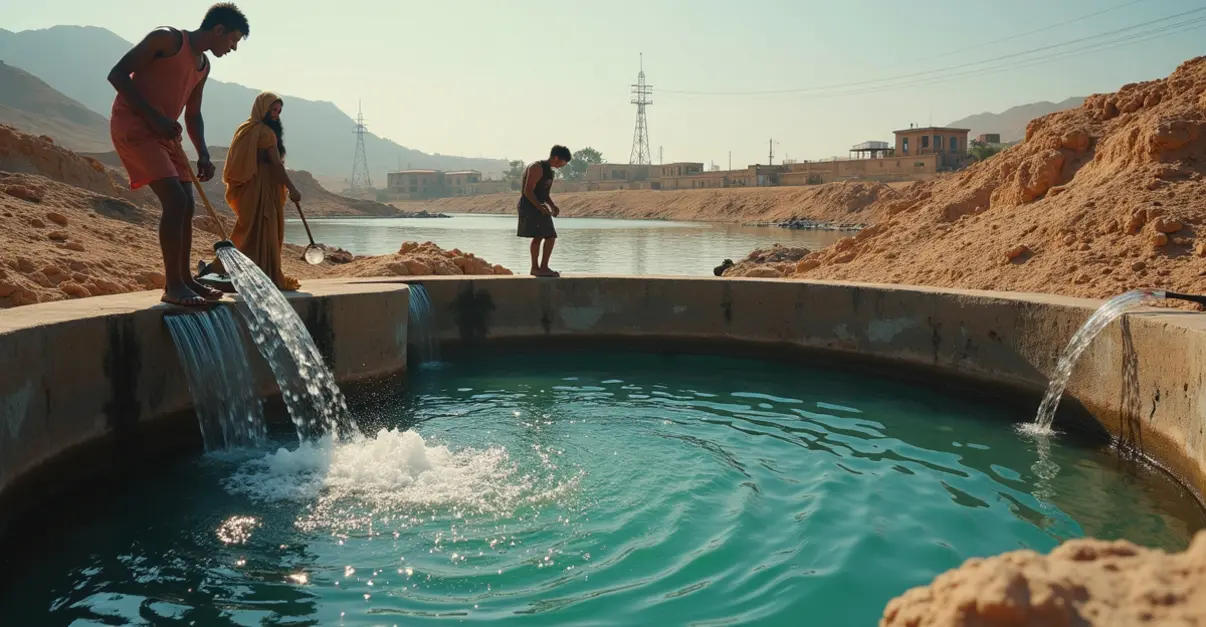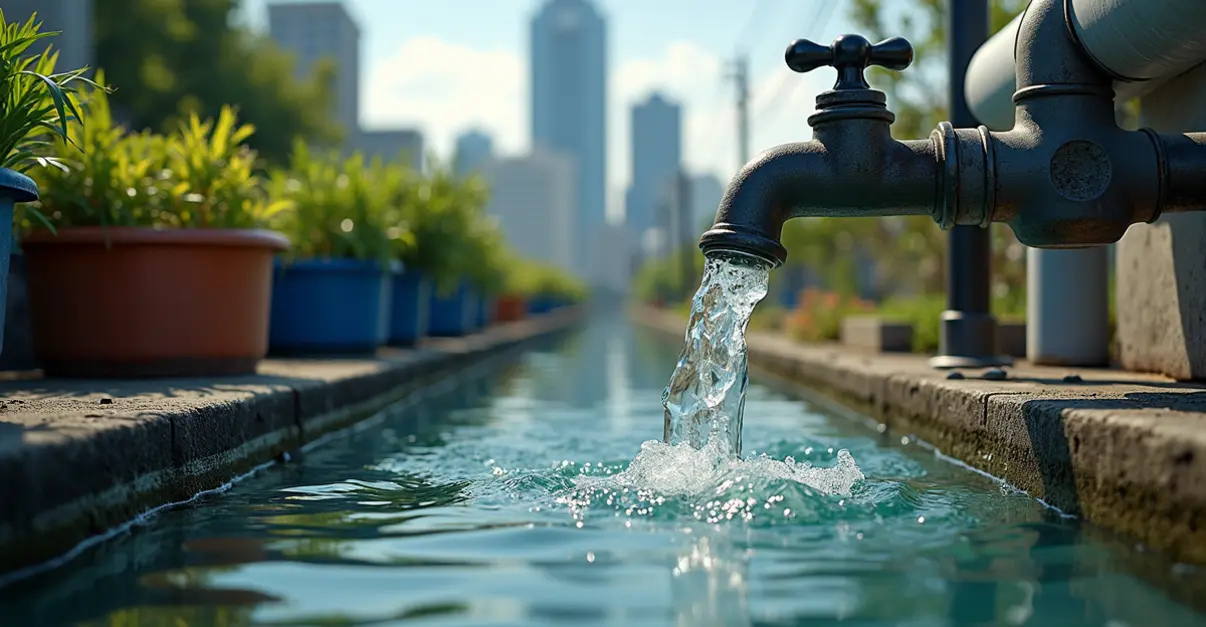Comprehensive water scarcity solutions combining desalination, water reuse, and watershed restoration are advancing through innovative funding models and public-private partnerships, creating sustainable water futures.

Addressing Global Water Scarcity Through Advanced Technologies
As water scarcity becomes an increasingly urgent global challenge, innovative solutions combining desalination, water reuse, and watershed restoration are emerging as critical strategies. With climate change intensifying drought conditions and population growth straining existing water supplies, governments and private entities are investing in comprehensive approaches to secure sustainable water futures.
Desalination: Turning Ocean Water into Drinking Water
Reverse osmosis desalination technology has revolutionized water production from seawater sources. 'The development of asymmetric membranes with thin skin layers supported by porous substrates has made large-scale desalination economically viable,' explains Dr. Maria Rodriguez, a water technology researcher at Stanford University. The process involves applying pressure to overcome natural osmotic pressure, forcing water molecules through semi-permeable membranes while leaving salts and impurities behind.
Texas is leading the charge with the nation's largest desalination plant under construction near Corpus Christi. The Harbor Island facility, managed by the Nueces River Authority, will initially produce 100 million gallons per day with expansion plans targeting 450 million gallons daily by 2070. 'This project represents a paradigm shift in how we approach water security,' says project director James Wilson. 'By leveraging public-private partnerships, we're creating drought-proof water supplies that will sustain our communities for generations.'
Water Reuse and Circular Economy Approaches
The circular water economy framework is transforming how municipalities manage water resources. According to the EPA's National Water Reuse Action Plan, the United States is making significant progress in advancing water reuse technologies. The 5Rs framework—Reduce, Reuse, Recycle, Recover, and Restore—treats wastewater as a valuable resource rather than waste.
'We're seeing a $47 billion annual opportunity for utilities transitioning to circular water management,' notes Sarah Chen, water policy analyst at the Water Environment Federation. 'This approach not only addresses water scarcity but creates economic value through resource recovery from wastewater systems.'
Watershed Restoration and Sustainable Funding
Watershed restoration projects are receiving increased attention and funding through programs like California's Watershed Resilience Program and the California Watershed Protection Fund. These initiatives provide grants up to $40,000 for projects that improve water quality and protect vital watershed ecosystems.
'Watershed restoration is about more than just water quantity—it's about water quality and ecosystem health,' explains environmental scientist Dr. Lisa Thompson. 'By restoring natural watershed functions, we enhance groundwater recharge, reduce erosion, and create more resilient water systems.'
Innovative Financing Models
Public-private partnerships are emerging as key financing mechanisms for large-scale water projects. In Texas, private companies are building and operating desalination facilities until debt repayment, reducing upfront public costs while ensuring long-term water security. The EPA's Clean Water State Revolving Fund and Drinking Water State Revolving Fund provide low-cost financing for water quality infrastructure projects nationwide.
'The combination of federal funding, state support, and private investment creates a sustainable model for water infrastructure development,' says financial analyst Michael Roberts. 'These partnerships allow us to tackle water challenges that would be too costly for any single entity to address alone.'
Environmental Considerations and Future Outlook
While desalination offers significant benefits, environmental concerns around brine disposal and energy consumption require careful management. Advanced technologies are addressing these challenges through deep-water brine disposal and exploring mineral extraction from brine byproducts. Similarly, watershed restoration projects must balance human water needs with ecosystem preservation.
'The future of water management lies in integrated approaches that combine technological innovation with natural solutions,' concludes water policy expert Dr. Robert Kim. 'By investing in desalination, water reuse, and watershed restoration simultaneously, we're building comprehensive water security for the 21st century.'

 Nederlands
Nederlands
 English
English
 Deutsch
Deutsch
 Français
Français
 Español
Español
 Português
Português









